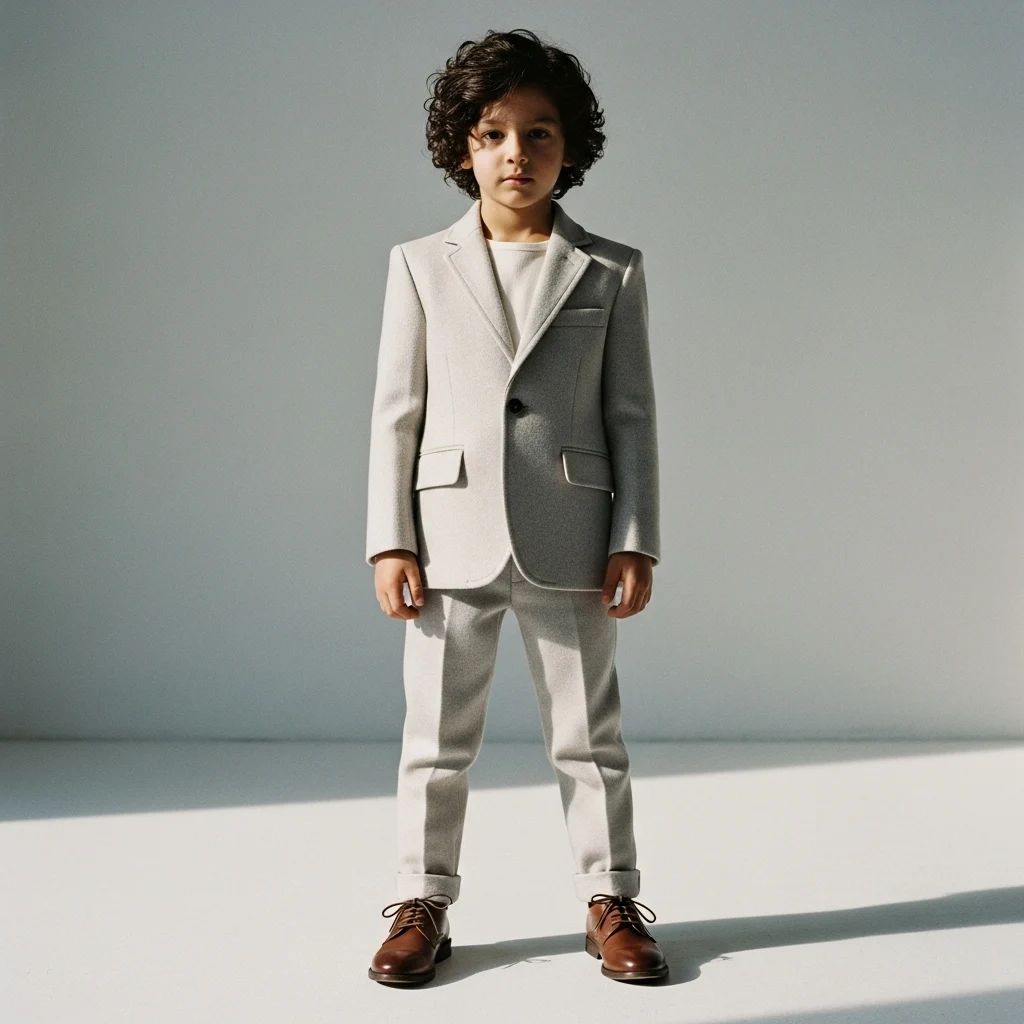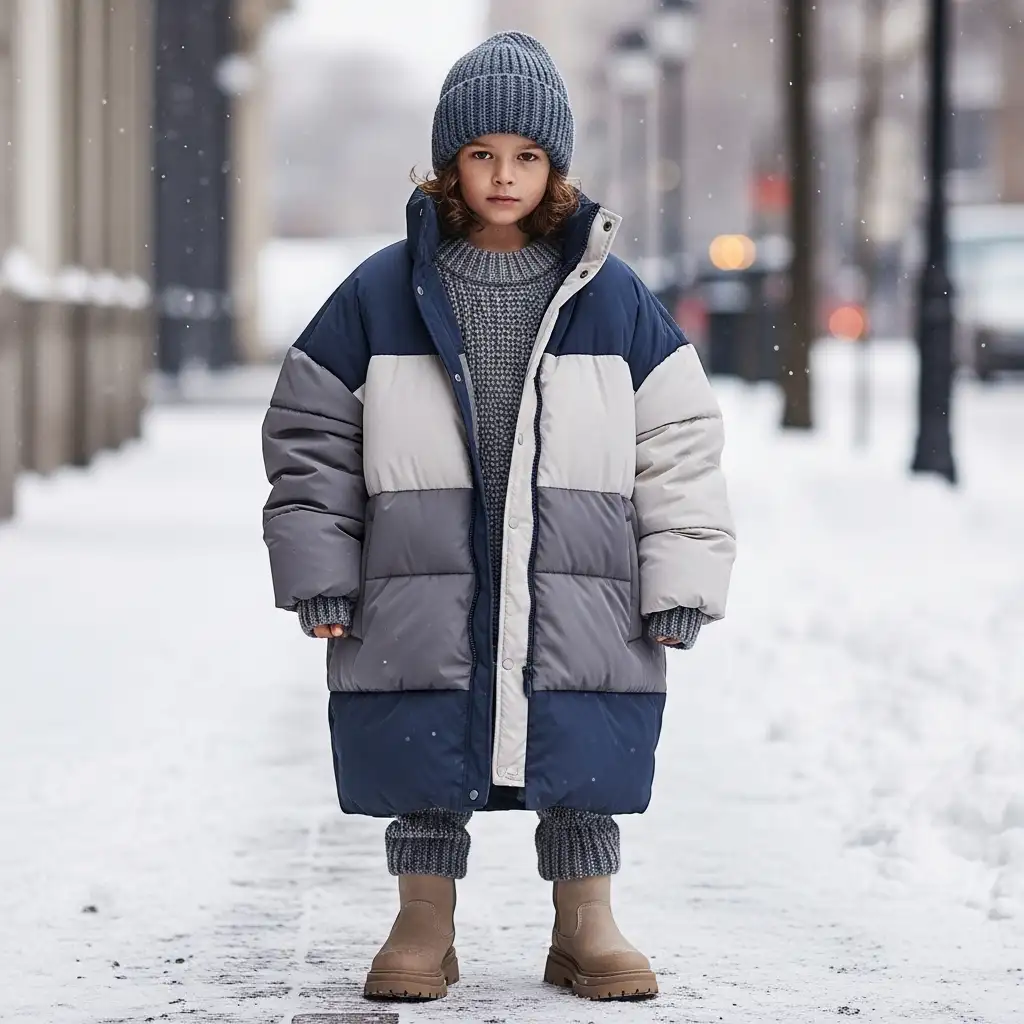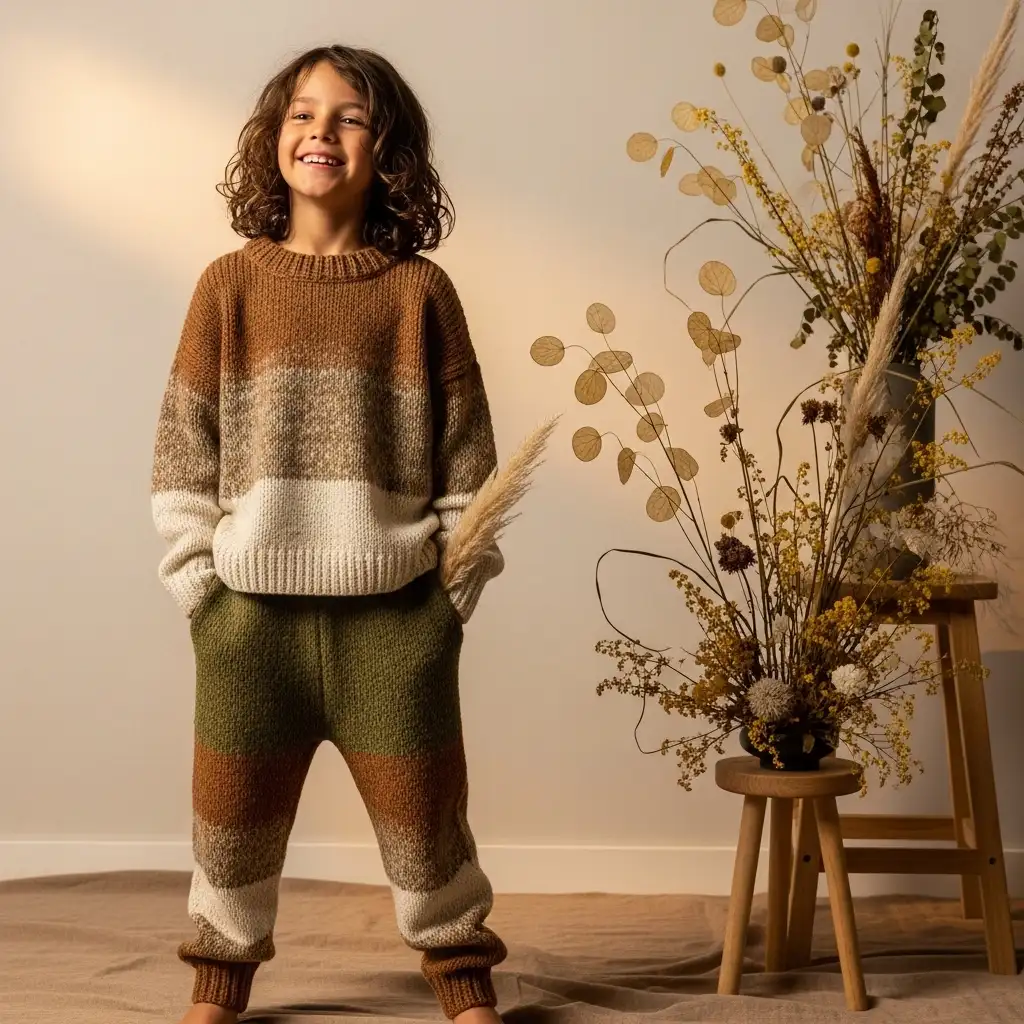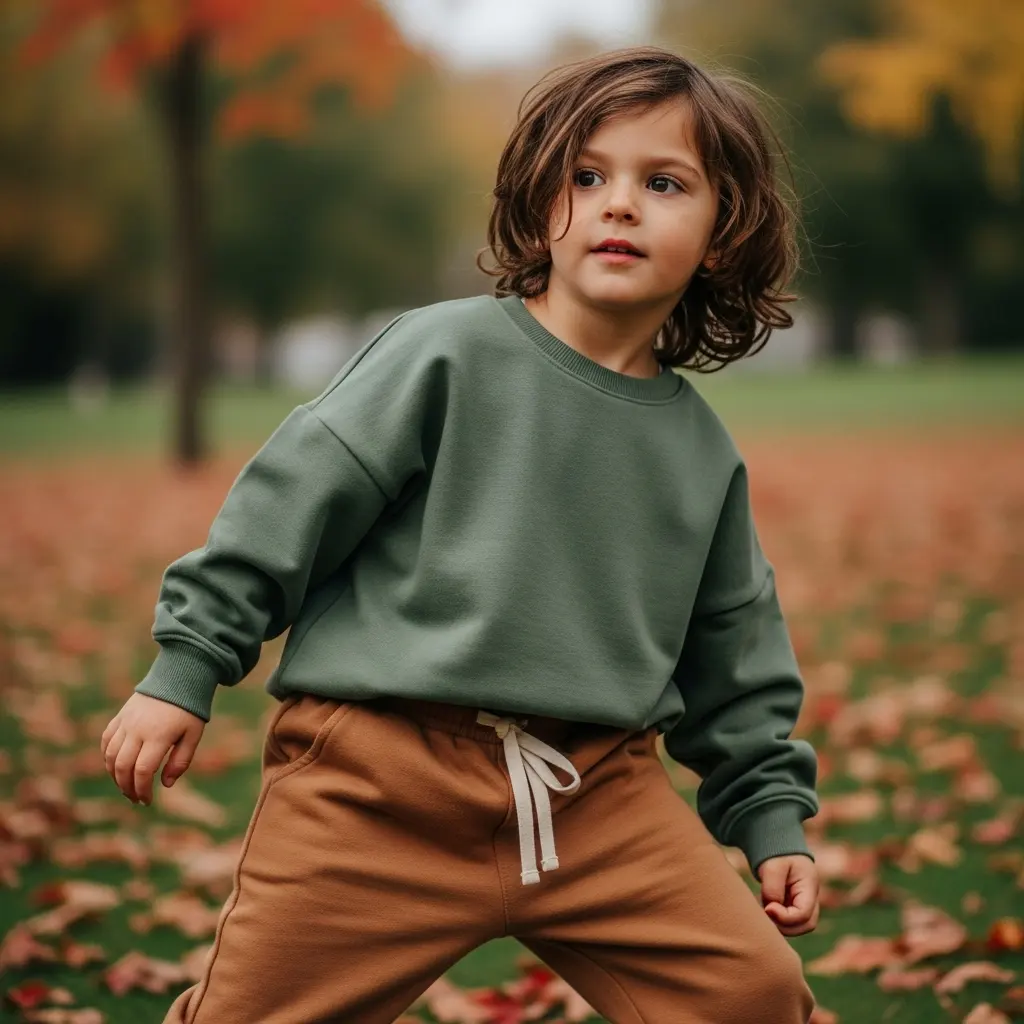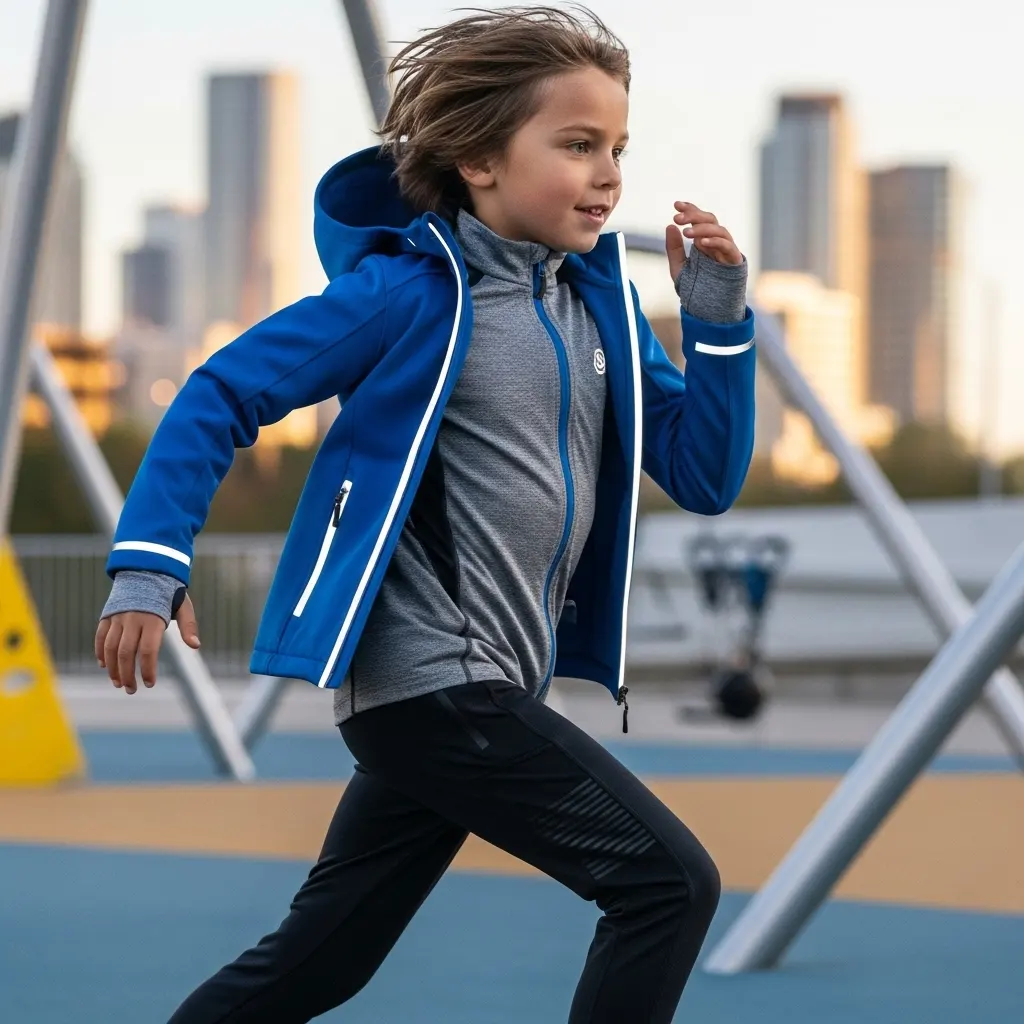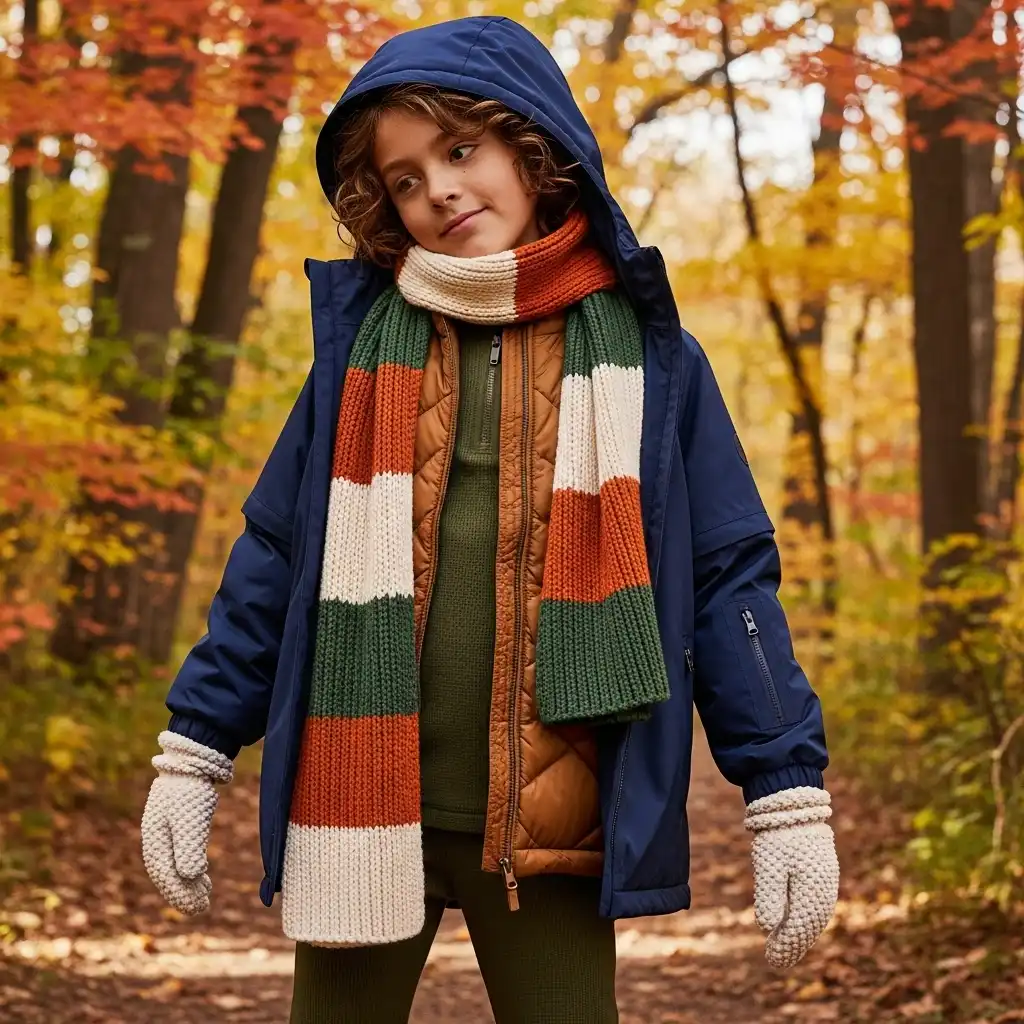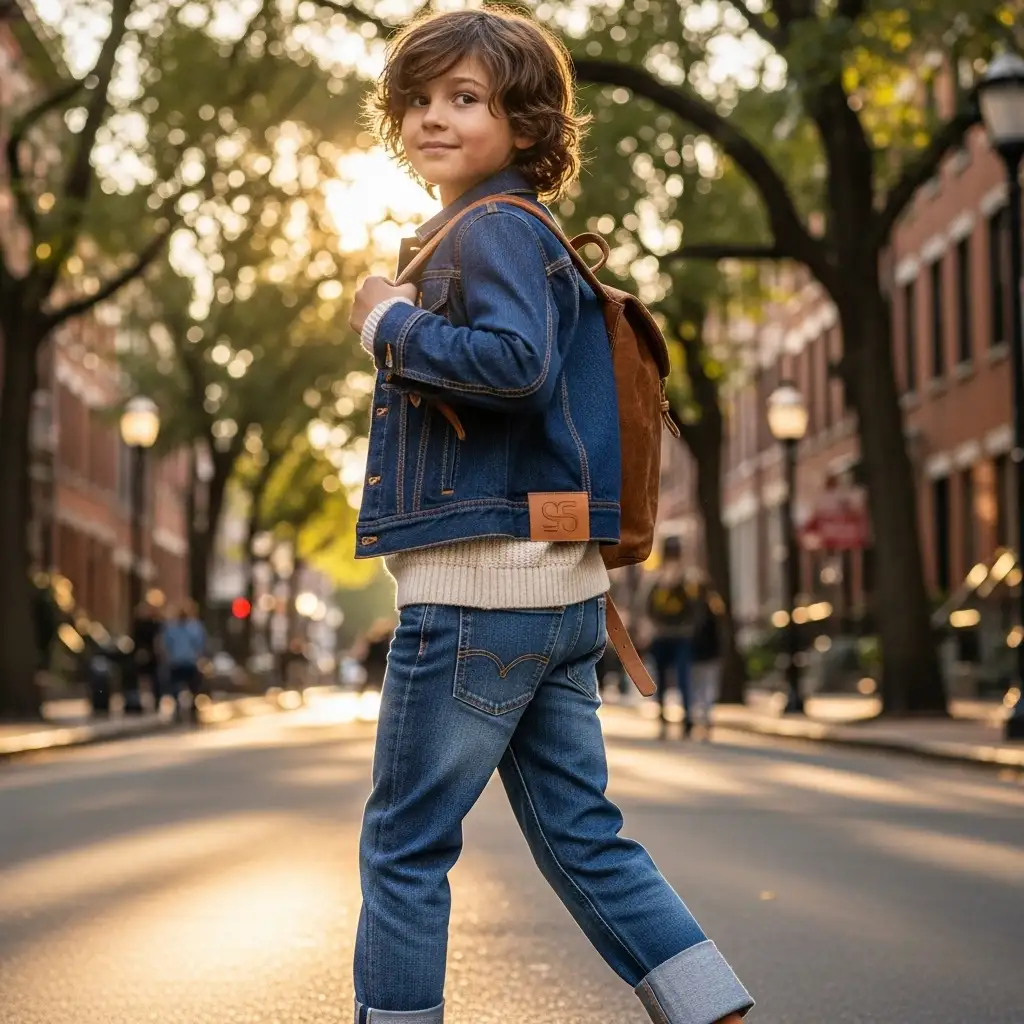
10 Fashion Designer Trends in Children’s Wear
10 Fashion Designer Trends in Children's Wear
A surprising evolution greets the Fall/Winter 2024 landscape of designer children’s fashion as it balances sophisticated aesthetics with playful functionalities. This season really showcases how luxury brands are pushing the boundaries of children’s wardrobes through innovative materials, sustainable practices, and designs respectful to childhood yet embracing contemporary style.
Table of Contents
1. Classic tailoring for modern times
This is the season of classic tailoring as luxury houses reinterpret traditional cuts for younger audiences. Stretch wool blends and breathable linings form the basis of construction, along with blazers being structured with softer shoulder constructions and pliable fabrics that allow for movement. Details such as working buttonholes, functional pockets, and miniature lapels echo adult tailoring while age-appropriate proportions remain intact. Construction involves careful pattern grading to accommodate growing bodies, adjustable waistbands, and convertible cuffs for extended wearability.
2. Oversized Outerwear Revolution
Statement-making silhouettes in voluminous coats and puffer jackets combine warmth with style. Now, designers incorporate technical insulation materials like recycled down and synthetic options into their work, which does a great job of retaining heat without making a garment heavy. An oversized fit allows layering underneath, while dropped shoulders create a relaxed and modern silhouette. Techniques of construction include quilted channeling to avoid insulation migration, water-resistant outer shells with taped seams for weather protection.
3. Sustainable materials for luxury
Eco-conscious fabrication takes center stage, and organic cottons are joined by recycled polyesters and innovative plant-based textiles. Brands are leveraging deadstock fabrics and upcycled materials, reworking excess inventory into limited-edition pieces. Of importance in the manufacturing process are low-impact dyeing methods and water-saving techniques. Certifications such as GOTS and OEKO-TEX mean that materials meet strict environmental and safety standards while preserving the sumptuous hand-feel that customers expect of designer labels.
4. Unisex Palettes and Silhouettes
Gone are the traditional color codes as designers today use earthy neutrals, rich burgundies, forest greens, and warm caramels for all kids. Silhouettes bypass traditional male/female cuts in favor of function-oriented approaches with adjustable features and styling options across the board. And as for pattern making, restrictive fits are out in favor of elastic waistbands, drawstrings, and relaxed proportions to account for both individual body types and personal style.
5. Artisanal Knitwear
Hand-finished knitwear exudes the best in craftsmanship, such as intricate cable patterns, color-blocking, and textural variety. Designers opt for high-end merino wool, cashmere blends, and alpaca fibers that feel soft on sensitive skin. The construction features circular knitting methods whereby garments are seamlessly created to reduce irritation. The ribbed cuffs and hems have excellent stretch and durability, while elbows and shoulders have reinforcement for more active play, which adds to the life of the garment.
6. Technical Performance Meets Style
Performance athletic-based apparel makes use of moisture-wicking fabrics, four-way stretch materials, and the principles of ergonomics. Designers create flat-lock seaming to prevent chafing, while articulated knees promote better movement. Visibility through dark months is assured with reflective detailing, as hidden ventilation panels keep the wearer cool. The construction balances performance needs against aesthetics with color-blocked panels and streamlined silhouettes.
7. Nostalgic Prints and Patterns
Storytelling elements include vintage-inspired motifs, retro florals, geometrical patterns, and whimsical illustrations. Digital printing technology reproduces accurate color and details on a wide variety of fabric substrates. Non-toxic inks safe for children are used during the printing process to make sure the color will last through many washes. During production, patterns are strategically positioned at the time of cutting, which allows for correct alignment over seams and continuity of design.
8. Systems of functional layering.
Modular dressing concepts enable children to adapt clothing to their needs due to changing temperatures or activities. Base layers provide thermal regulation, mid-layers add extra insulation, and finally, the outer layer protects against weather conditions. Designers can include zip-off sleeves, removable hoods, and convertible features in the construction. Compatible attachment systems to be used in construction include hidden zippers and snap connections that do not compromise integrity but allow garments to be customized.
9. Innovations in Premium Denim
Premium denim is given a luxury treatment with Japanese selvage fabrics, organic cotton blends, and innovative washing techniques. Harsh chemical treatments are avoided in lieu of enzyme washes and natural aging processes. Construction includes reinforced stress points, adjustable waistbands with internal button tabs, and comfortable stretch percentages. Basic denim is elevated to investment pieces with details such as contrast stitching, leather patches, and hardware finishes.
10. Statement Accessories
Accessories are thoughtfully designed to complete an outfit with miniaturized leather goods, knitted beanies, and functional scarves. Designers ensure the accessories feature easy-use closures, like magnetic snaps and oversized zippers that small hands can manipulate independently. Materials prioritize durability through the use of reinforced stitching and quality hardware. Construction takes safety in mind by avoiding small detachable parts and including breakaway features on items such as scarves. The landscape of children’s fashion, represented by
The designer of FW24 shows how high-end brands go beyond the premise of simply scaling down for kids. Focused on quality construction, sustainable practices, and functional innovation, designers create clothes respectful of children’s needs yet introduce them to a refined aesthetic. What this season really proved was that the attention, craftsmanship, and creative vision given to children’s fashion are no different from adult collections, building confident wardrobes able to withstand active childhood.


